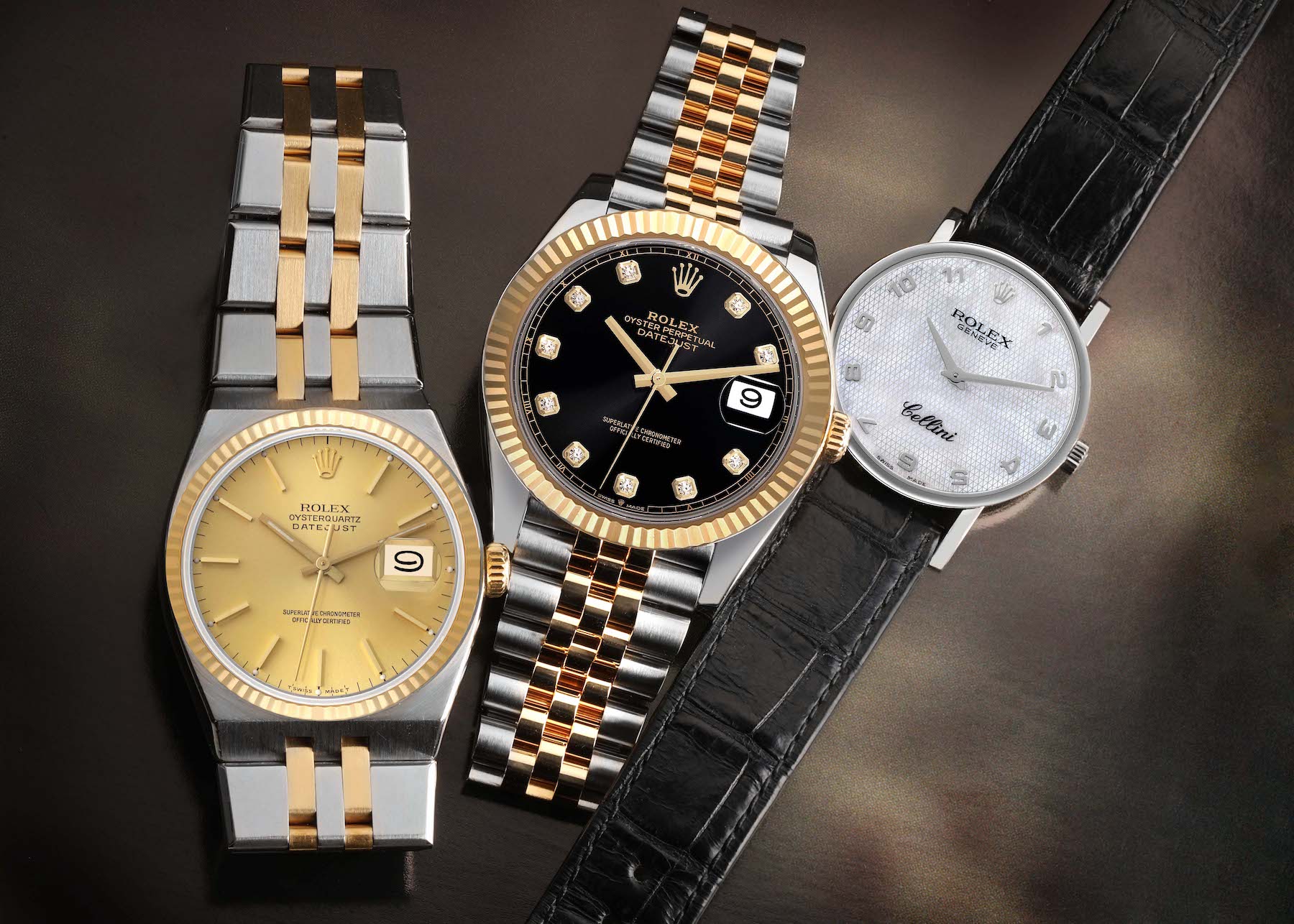Rolex, the illustrious Swiss watchmaker, has long been synonymous with groundbreaking horological innovations. Among its many achievements, a standout is the introduction of the perpetual winding movement. In 1931, Rolex took the watchmaking industry by storm when it pioneered the world’s first self-winding mechanism powered by a perpetual rotor. This wasn’t just another mechanism; it was a revolution, setting a new paradigm in the way watches harnessed energy.
Since that pivotal invention, the perpetual movement became a touchstone, reflecting Rolex’s ethos of blending precision with relentless innovation. The brand’s commitment to perfecting this self-winding movement is a testament to its dedication to excellence and its relentless quest to redefine boundaries.
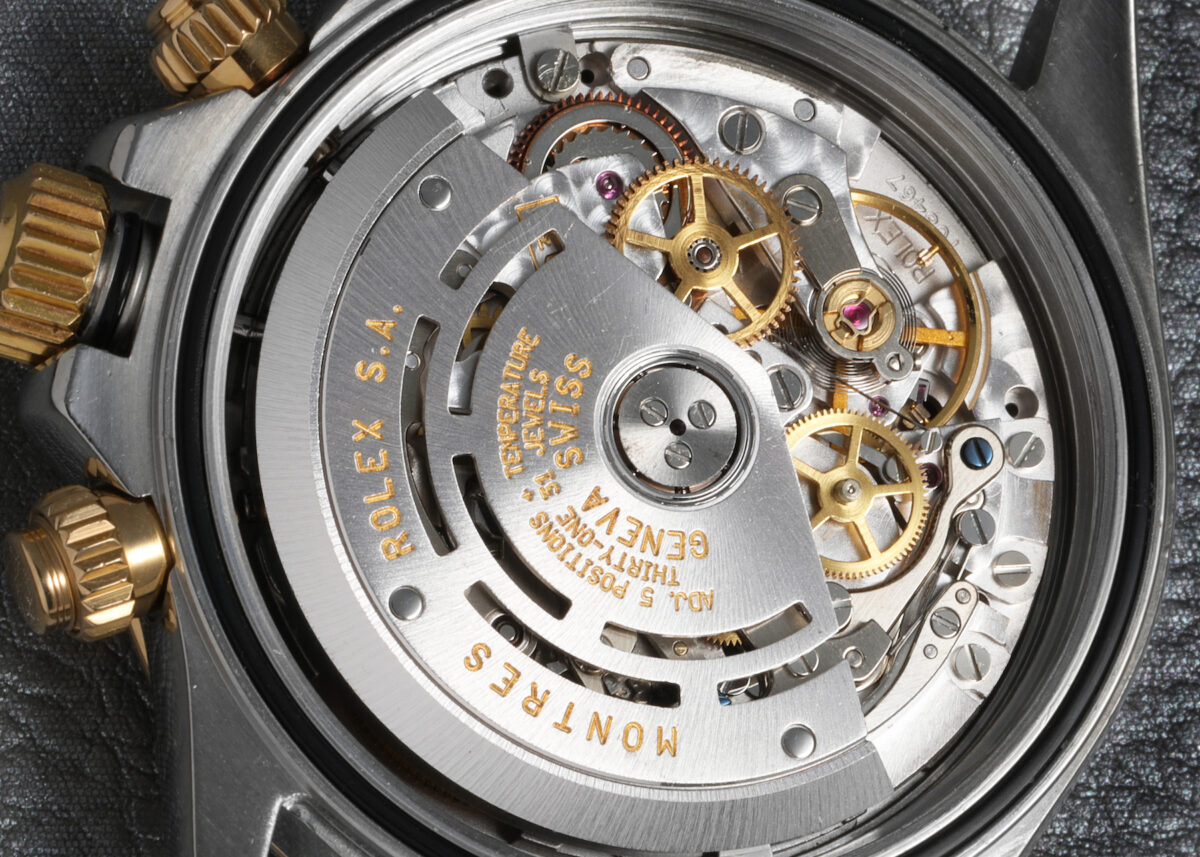
While Rolex’s modern offerings predominantly focus on automatic self-winding movements, it’s crucial to remember the brand’s rich tapestry of horological explorations. Over the years, Rolex has seamlessly moved across different movement technologies, from manual-wind mechanical movements to the precision of quartz, ensuring that each timepiece, irrespective of its heart, resonates with the Rolex promise of unparalleled quality.
<>
<>
Rolex Watch Movement Types
Rolex’s catalog, as vast as it is, can be categorized according to the movements within. Over the course of its history, Rolex has used three types of movements in its watches: manual wind movements, quartz movements, and automatic self-winding movements.
<>
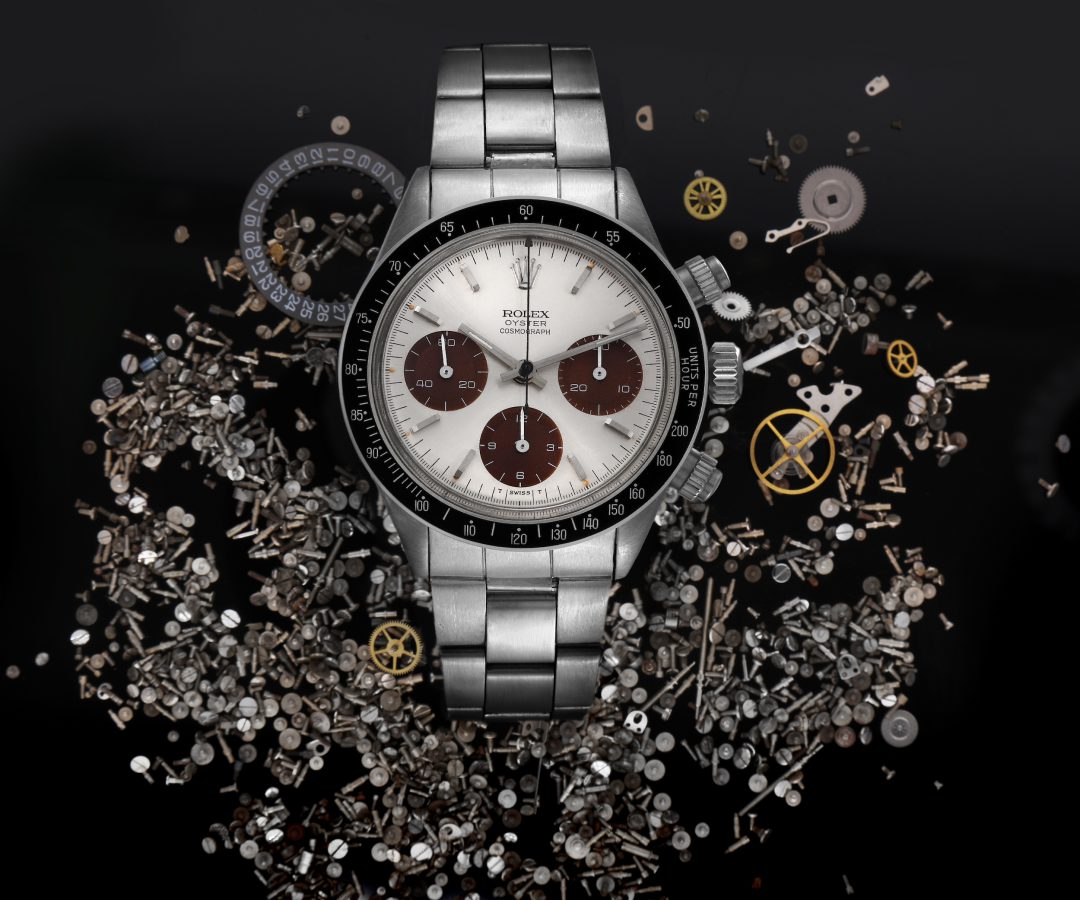
Rolex Manual Wind Mechanical Movement
At the core of every timepiece lies its heartbeat: the movement. In the realm of horology, the manual wind mechanical movement is one of the oldest and most traditional mechanisms. Unlike its self-winding or quartz counterparts, a manual wind movement requires the wearer to physically wind the crown, thus transferring energy to the mainspring. This energy, stored in the mainspring, is then methodically released, governing the oscillations of the balance wheel and, in turn, the progression of the watch’s hands.
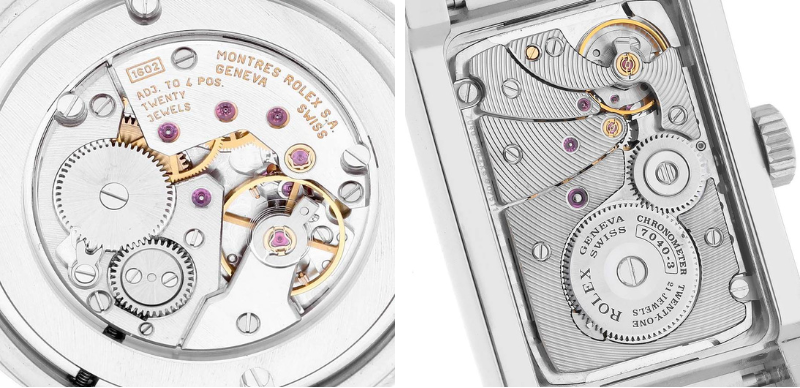
In the grand scheme of watchmaking, Rolex’s endeavors in the manual wind domain underscore its commitment to craftsmanship and tradition. One of Rolex’s flagship mechanical movements is the Rolex Caliber 1600. This caliber, a masterpiece in its own right, was utilized in vintage Datejust and Day-Date models during the late 1960s and early 1970s. What truly distinguishes the Caliber 1600, and indeed Rolex’s manual calibers in general, is their precision, durability, and longevity. While many manual movements from various brands were susceptible to wear over time, Rolex’s meticulous design and construction ensured that their movements, even when manually wound, stood the test of time with minimal deviation.
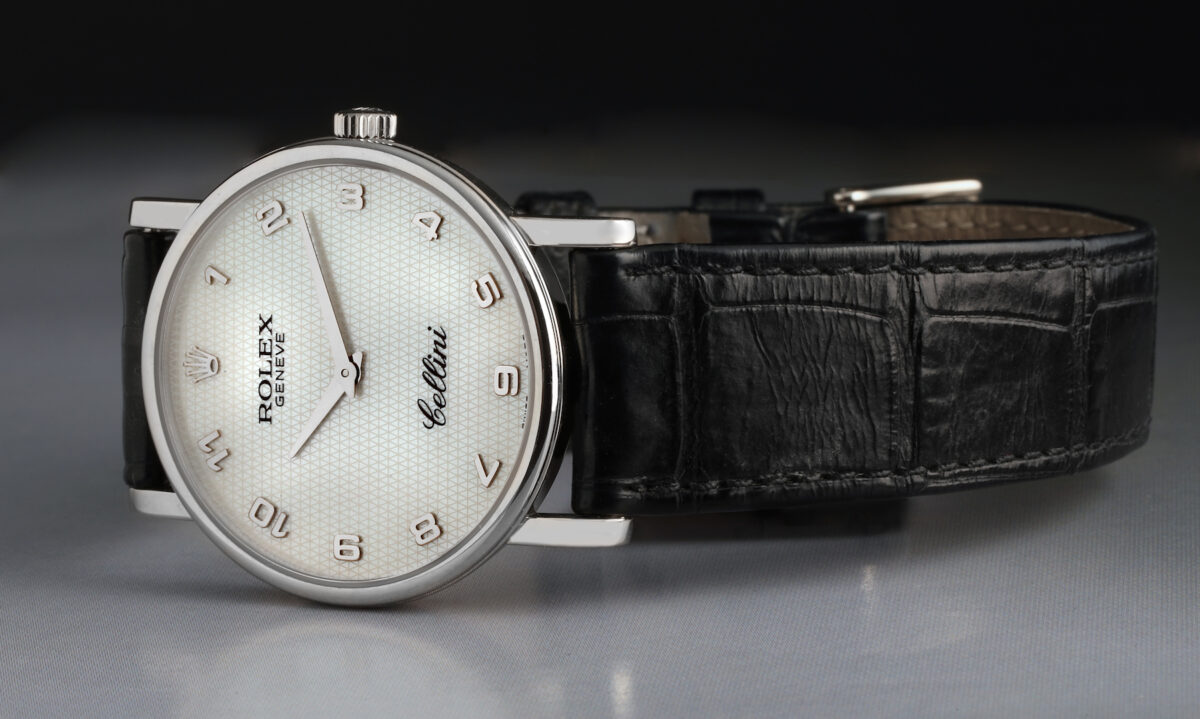
Another noteworthy aspect is the finesse with which Rolex approached the design of the Caliber 1600. Even within the constraints of manual winding, the movement maintained a slim profile, ensuring the watches housing them remained elegant and timeless. All these nuances culminate in a Rolex manual movement that isn’t just about telling time, but about celebrating the art of watchmaking itself.
<>
<>
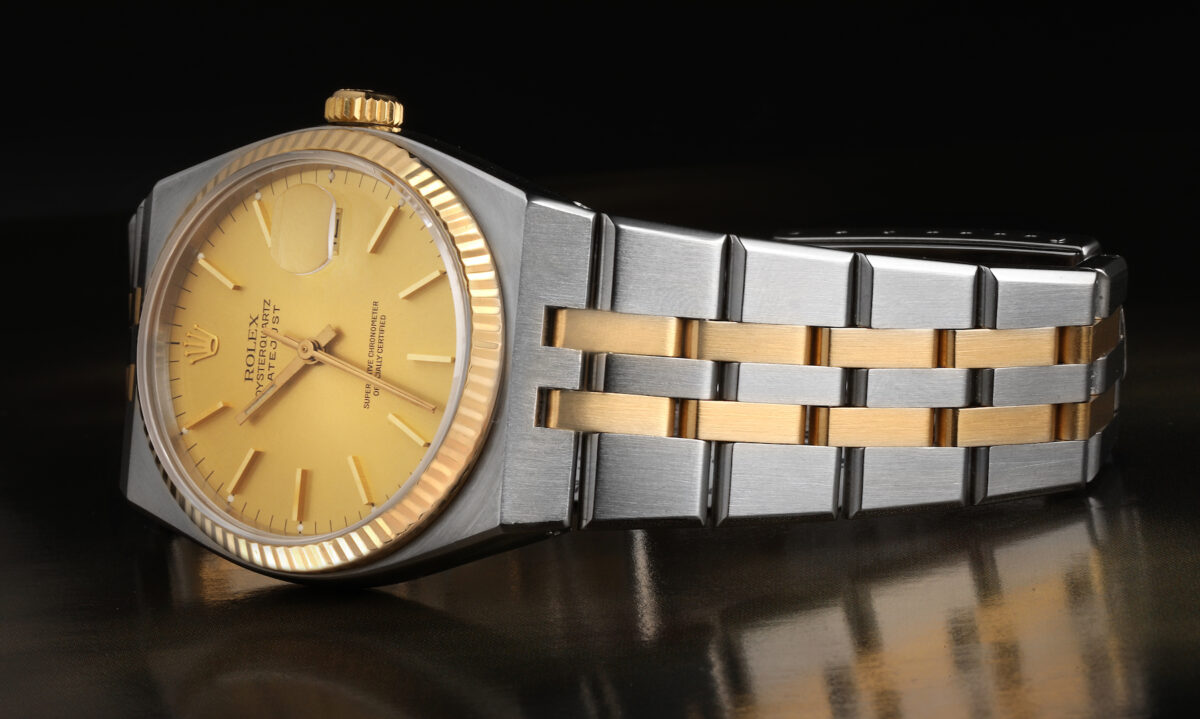
Rolex Quartz Movement
Quartz movement, in its essence, marks a departure from the traditional world of gears, springs, and levers, ushering in an era of precise electronic timekeeping. In a quartz movement, it’s the quartz crystal that acts as the oscillator. Powered by a battery, the quartz crystal vibrates at a remarkably consistent frequency when an electric current is passed through it. This frequency is then translated into precise timekeeping, with the added advantage of minimal maintenance and remarkable accuracy. Such movements often stand apart from their mechanical counterparts due to their slim profile, affordability, and, notably, precision that can only be rivaled by the most meticulously regulated mechanical movements.
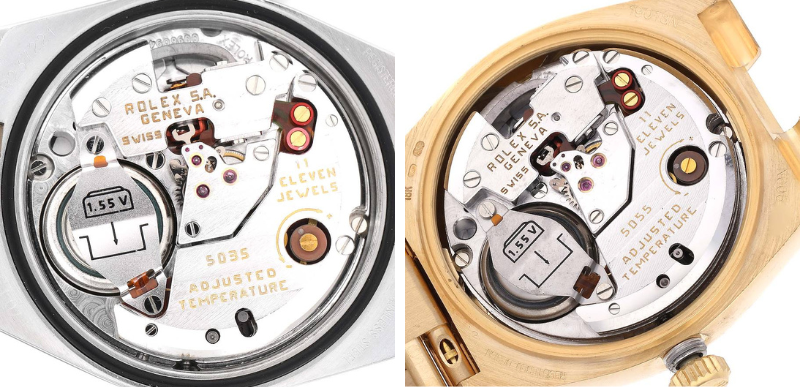
Even within this domain of electronic precision, Rolex charted its own course. In the 1970s, a time when the Quartz Crisis was reshaping the horological landscape, Rolex unveiled the Oysterquartz models, bearing the Caliber 5035 for Datejust and 5055 for Day-Date models. These weren’t your everyday quartz movements; they bore the hallmark of Rolex’s engineering excellence. These movements vibrated at a frequency of 32,768 Hz, thanks to a tuning fork-type quartz crystal oscillator, and the motor stepped 1/60th of a second to smoothly drive the seconds hand, a detail not commonly seen in quartz movements of that era.
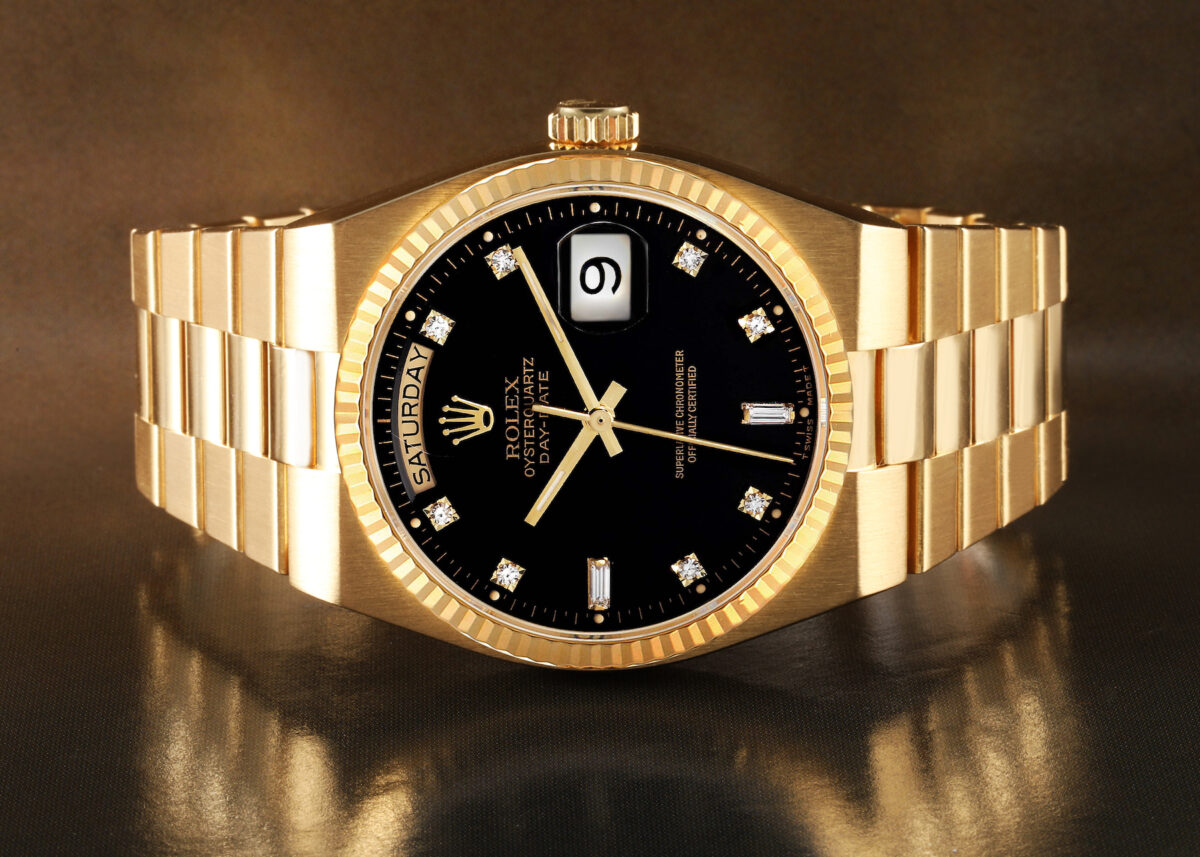
Moreover, the Caliber 5035 and 5055 showcased Rolex’s unwillingness to compromise on quality. While many brands opted for simpler, more mass-produced quartz movements, Rolex’s quartz calibers featured intricate mechanical details, maintaining a bridge between their traditional craftsmanship and modern technology. The jeweled pathways and meticulously engineered circuits ensured longevity comparable to their mechanical siblings. In the Oysterquartz, Rolex achieved not just a timepiece powered by a battery, but a marriage of tradition with cutting-edge technology, reaffirming their status as pioneers in the world of watchmaking.
<>
<>
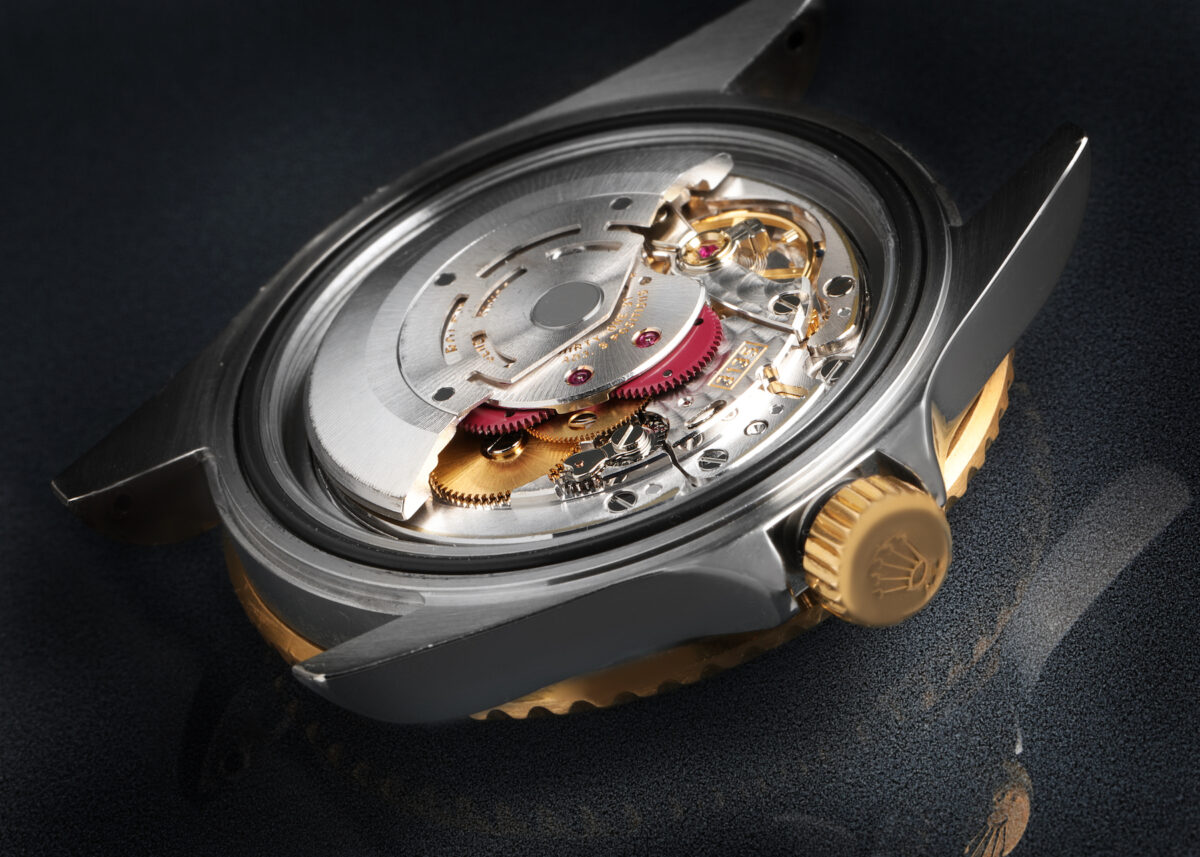
Rolex Self-Winding Automatic Movement
The magic of horology is encapsulated in the self-winding movement, an epitome of innovation that marries convenience with craftsmanship. Unlike manual movements that require the wearer’s interaction to wind the mainspring, the self-winding, or automatic movement, harnesses the kinetic energy generated by the wearer’s natural arm movements. This energy is transferred via a semi-circular piece of metal, known as the rotor, which pivots at its center and winds the mainspring, providing energy to run the watch. This brilliant design means the watch can function without a battery or daily winding, so long as it’s worn regularly.
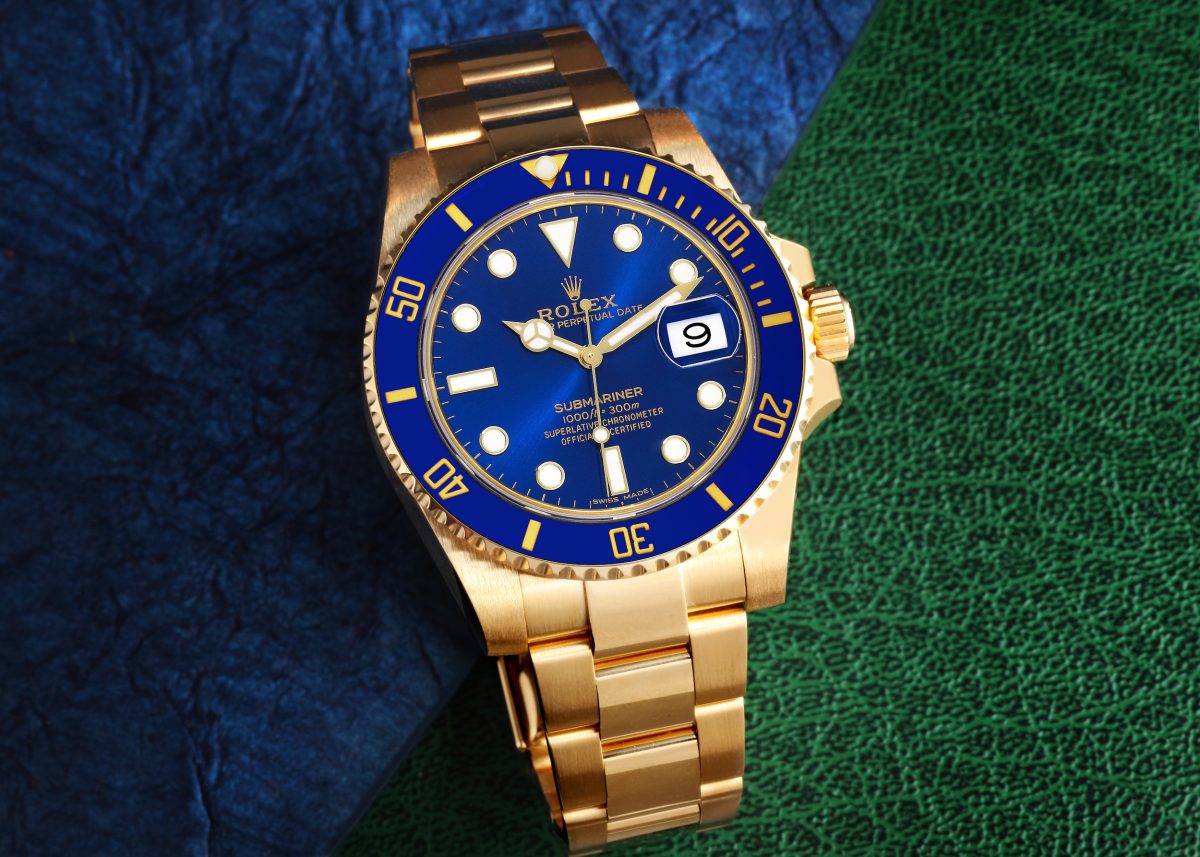
In the pantheon of self-winding movements, Rolex’s contributions are unparalleled, and their prowess is exemplified in the Rolex Caliber 3135. Introduced in 1988, this caliber is more than just a movement; it is a testament to Rolex’s relentless pursuit of perfection. Often hailed as Rolex’s “workhorse,” the Caliber 3135 is renowned for its robustness, reliability, and precision. What truly sets it apart is its adaptability. Over the years, it has found its home in a diverse range of Rolex models, from the dive-ready Submariner to the distinguished Datejust.
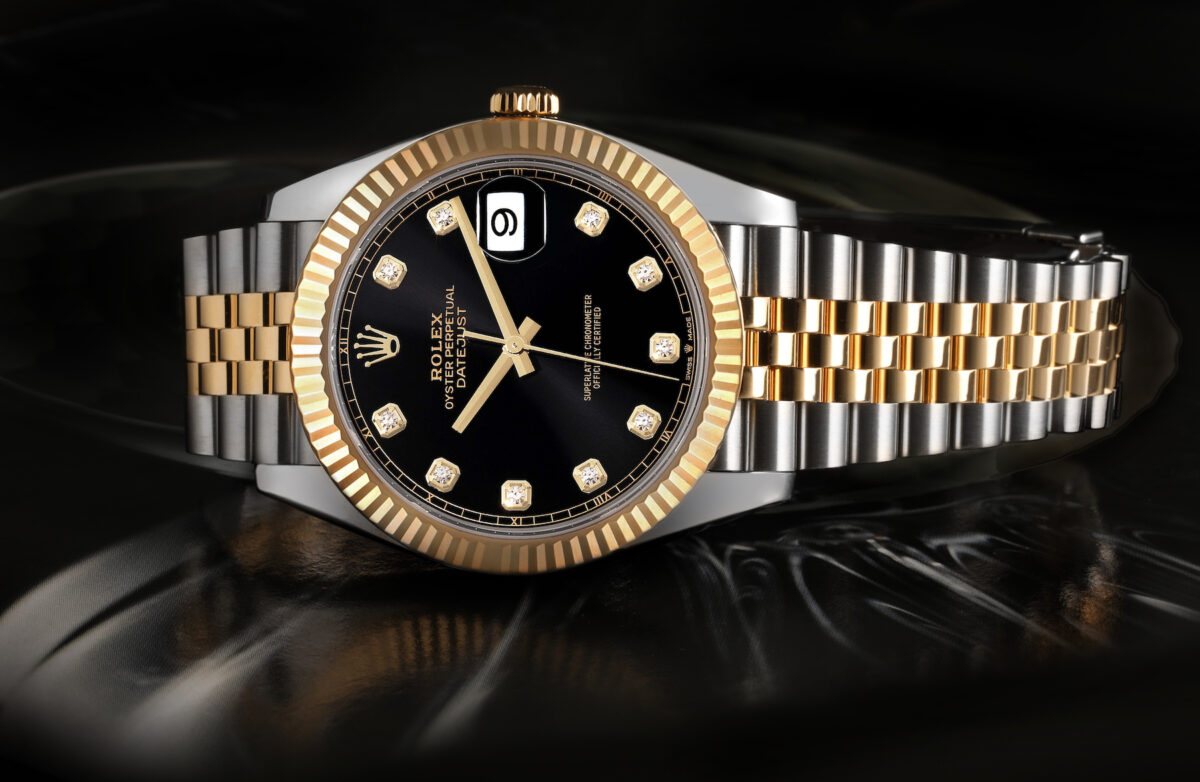
Rolex’s meticulous engineering ensures that the Caliber 3135 offers an impressive 48-hour power reserve. Furthermore, its design incorporates a balance bridge, as opposed to the more commonly used balance cock, which enhances both stability and shock resistance. The intricacies, from the specialized Parachrom hairspring for greater precision to its finely-tuned balance wheel, echo Rolex’s commitment to technical prowess. In essence, the Caliber 3135 isn’t just a representation of Rolex’s craftsmanship in automatic movements, but a beacon of their dedication to horological excellence.
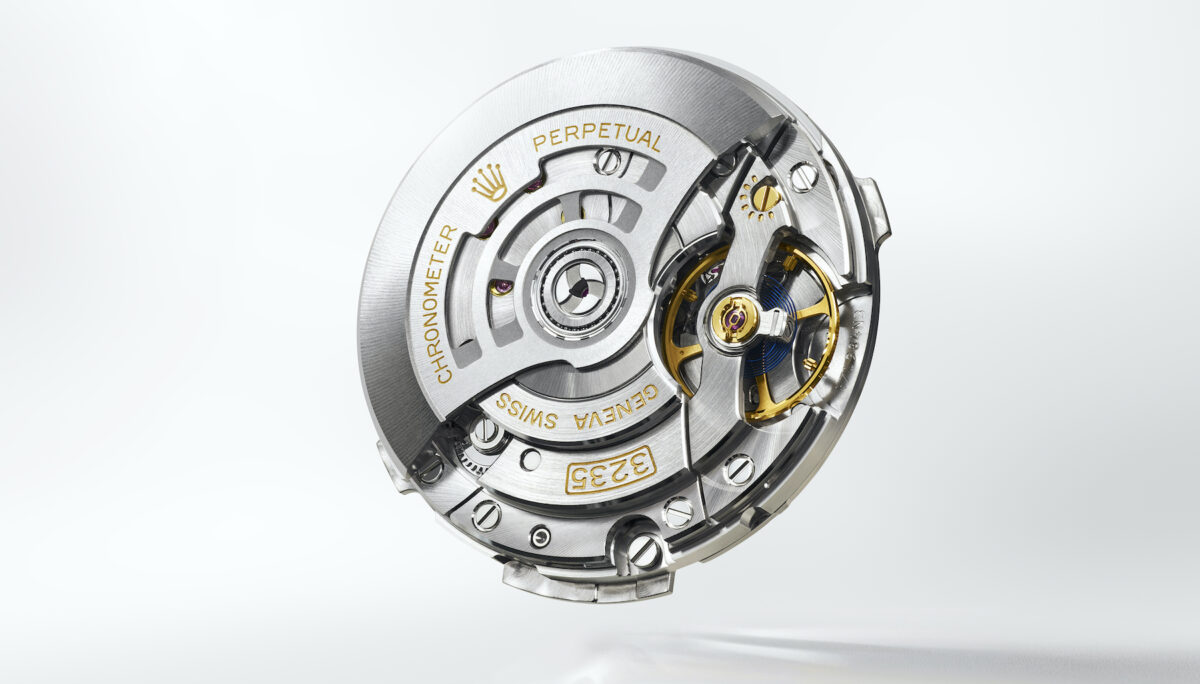
In 2015, Rolex introduced a major redesign to their trusty movements with the new generation 32XX Calibers. According to Rolex, over 90% of the components for these new movements were newly designed or improved upon. The principal feature for these movements is the new Chronergy Escapement, which features a longer mainspring inside a thinner barrel, and optimized gears. This resulted in improved power reserve of 70 hours, high energy efficiency, improved accuracy of -2/+2 seconds per day, and resistance to strong magnetic fields.
<>
Innovative Rolex Watch Movement Components
Beyond the movements, Rolex’s commitment to precision is evident in the patented components they’ve innovated over the years.
Parachrom Hairspring (2000): This is a blue niobium-zirconium alloy hairspring that offers superior resistance to magnetic fields and remains up to 10 times more precise in case of shocks. Its resilience enhances the overall precision of Rolex watches.
Paraflex shock absorbers (2005): Rolex developed this shock absorption system to ensure higher protection against shocks, improving the watch’s accuracy. It provides 50% more shock resistance than traditional systems.
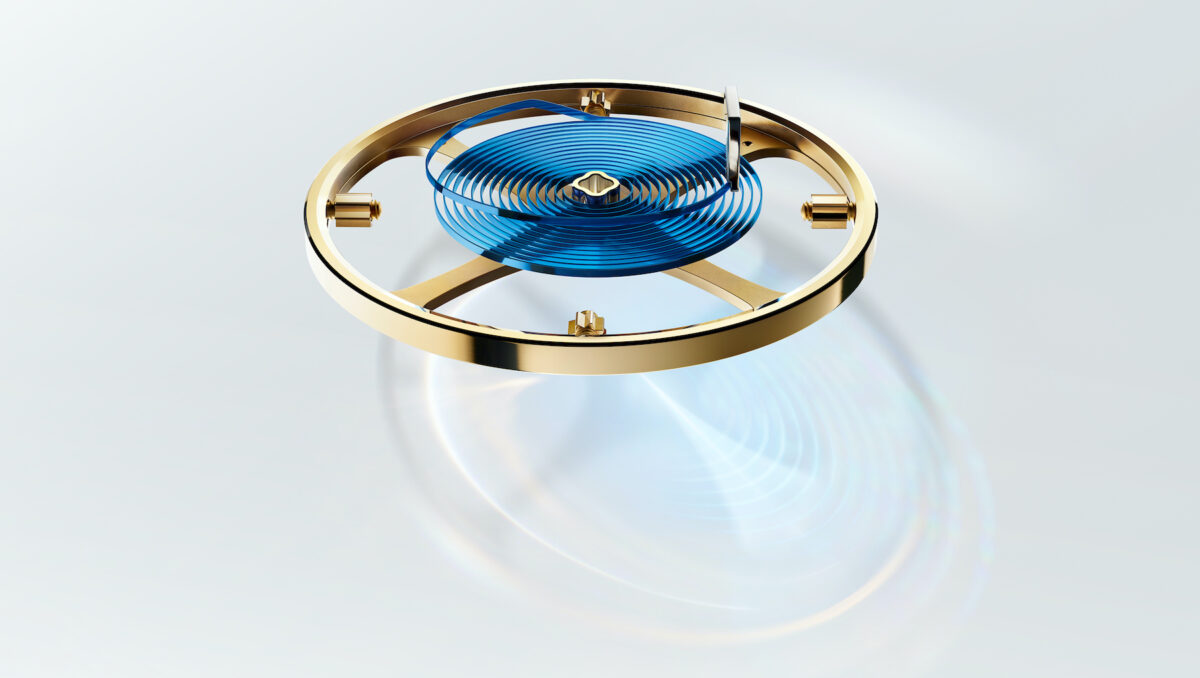
Syloxi Hairspring (2014): Crafted from a silicon composite, this hairspring is not just immune to magnetic interference but also offers consistent oscillations, thus ensuring precision.
Chronergy Escapement (2015): Enhancing the efficiency of the movement by 15%, this escapement also aids in maintaining the watch’s power reserve and accuracy. Made of nickel-phosphorus, it’s resistant to magnetic interference.
<>
Final Thoughts
Rolex’s journey from manual movements to the sophisticated calibers we see today showcases the brand’s unyielding commitment to perfection. Their innovative components have continuously pushed the boundaries of what’s possible in watchmaking.
As we delve deeper into the intricate world of Rolex and its innovations, platforms like SwissWatchExpo offer an enriched perspective, providing connoisseurs and enthusiasts with deeper insights and a curated collection of luxury timepieces, exemplifying the Rolex legacy.
Explore our vast selection of authentic, pre-owned luxury watches from Rolex and the world’s best brands at SwissWatchExpo.com.
<>

